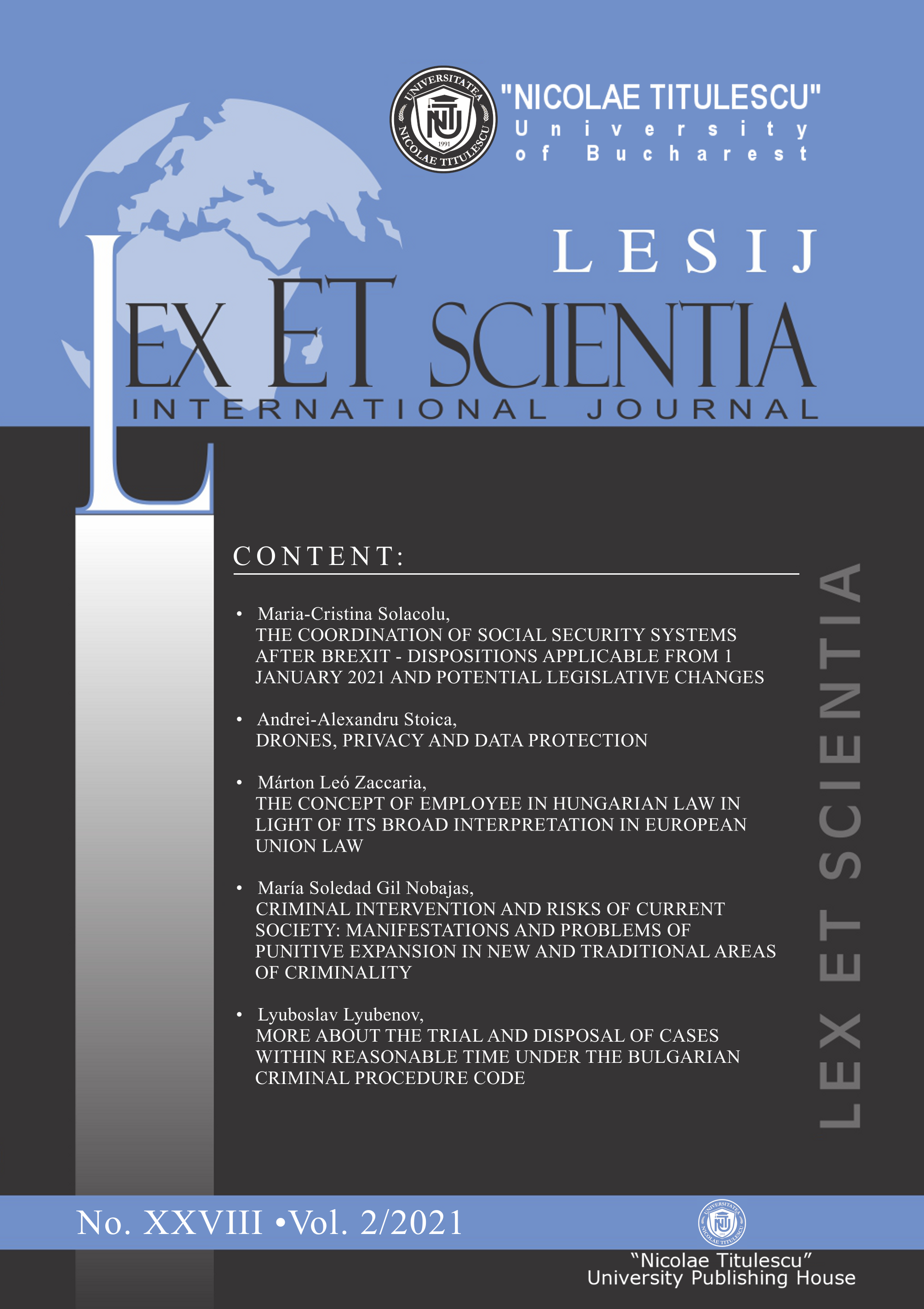The Legal Framework of Securitisation on the Romanian Capital Market
The Legal Framework of Securitisation on the Romanian Capital Market
Author(s): Cristian GheorgheSubject(s): Law, Constitution, Jurisprudence
Published by: Universitatea Nicolae Titulescu
Keywords: securitisation; capital market; securitisation special purpose entity (SSPE); originator; investment firm;
Summary/Abstract: Securitisation scheme enables credit institutions to refinance a set of loans, exposures or receivables, such as residential loans, auto loans or leases, consumer loans, credit cards or trade receivables. These loans, transferred to a special purpose vehicle, are transformed in tradable securities offered to investors. The lender organises loans into different risk categories for investors, thus giving them access to investments in loans and other exposures to which they normally would not have direct access. Returns to investors are originated in payments made by debtors of the underlying loans. Domestic law regarding securitisation (Law no 31/2006) does not meet the market expectations in order to generate securitisation schemes. Moreover, the domestic law came into conflict with European legislation (Regulation UE 2017/2402 laying down a general framework for securitisation and creating a specific framework for simple, transparent and standardised securitisation). Finally, domestic law has been repealed to leave room for application of the European regulation.
Journal: LESIJ - Lex ET Scientia International Journal
- Issue Year: XXVIII/2021
- Issue No: 2
- Page Range: 6-12
- Page Count: 7
- Language: English

